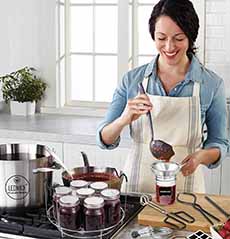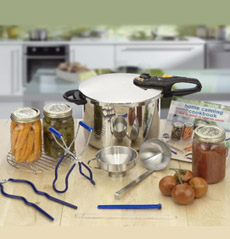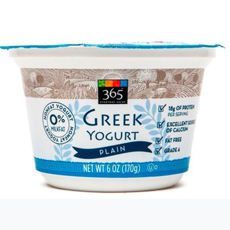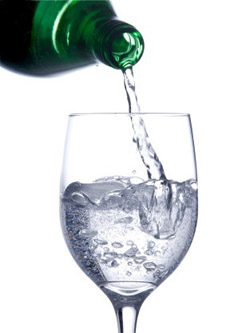|
Editor’s Note: Fagor America, whose canning product is featured in this article, ceased operations in 2018. However, the majority of the article is still relevant to home canners. You can find numerous other brands of home canning kits. Plus, enjoy the history of canning, below.
If you love to cook and teach your family how to prepare healthy food, consider taking up home canning. It’s an enjoyable family activity, and become a summer tradition in your home.
You can prepare batches of delicious soups, vegetables, pasta sauces and fruits to recall the summer bounty during the bleak winter months.
Your canned foods can also be special holiday gifts; or you can make baby food as gifts for new parents.
Kids will enjoy learning how preserve their favorite fruits and parents can feel good about giving them an empowering kitchen skill.
If you haven’t done canning before, Fagor America makes a Duo 9-Piece Pressure Canning Set, with all the equipment needed to preserve your favorite foods, except the glass canning jars.
> February 1st is National Canned Food Day.
GET A HOME CANNING KIT
There’s quite a selection of home canning kits, which range from $20 and up.
More expensive kits include a large, heavy-duty pot.
The set originally featured in this article (no longer available), the Fagor 10 Quart Duo Pressure Cooker/Canner, had a full color cookbook containing all the necessary preparation instructions and recipes for home canning, and the canning tools: canning rack, jar wrench, jar lifter, funnel, magnetic lid wand, ladle and bubble freer.
|
|

[1] Canning raspberry preserves (photo © Leonice | Amazon).

[2] Ready, set, can (photo © Fagor America).
|







